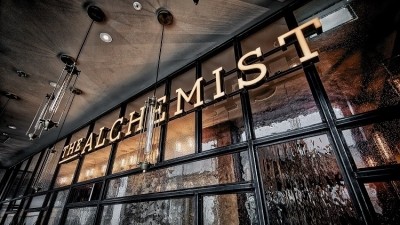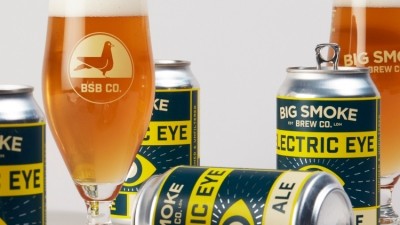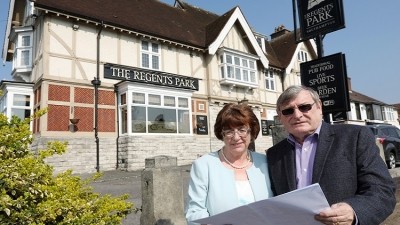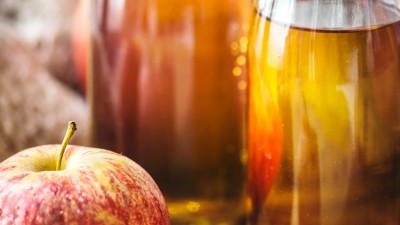What is the gender pay gap at UK pub companies?
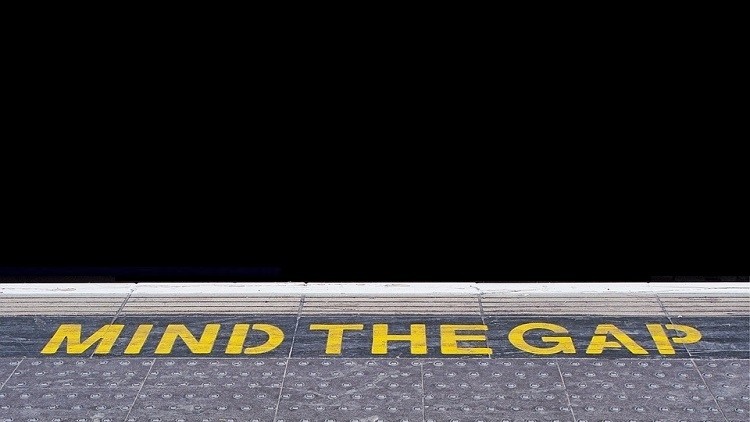
Punch and Ei Group were the companies with the largest difference in the mean hourly rate paid to women and men across the businesses, with a 44% and 38% gap respectively.
What is the Government's advice for closing the gap?
1. Include multiple women in shortlists for recruitment and promotions.
2. Use skill-based assessment tasks in recruitment as well as just interviews.
3. Use structured interviews for recruitment and promotions as unstructured interviews are more likely to enable biases.
4. Encourage salary negotiation by showing salary ranges.
The guidance in full can be accessed here.
The mean pay gap is the difference between a company's total wage spend per woman and its total spend per man.
A percentage is calculated by taking the total wage bill for each and dividing it by the number of men and women employed by the organisation.
Companies with the lowest pay gaps for the 2018-19 reporting period included BrewDog, the Alchemist and JD Wetherspoon.
Young's Brewery reported the same gap as last year, of 10.6%.
British companies with more than 250 employees must report their annual gender pay gap data on the Government website – the deadline was 4 April.
It is the second year businesses have been required to publish this data.
The gender pay gap is not the same as unequal pay, which is when businesses pay workers different rates for the same work and has been illegal as of 1970.
Instead, it usually signals a disparity in the number of women and men in top jobs or more women in part-time jobs.
Some companies registered multiple figures, under different areas of business.
Mitchells and Butlers said the consolidated group figure, which include companies Orchid and Ha Ha, was a 7.4% mean pay gap.
“Our gender pay gap is primarily a result of there being a greater proportion of men in senior management roles, as well as in roles that attract higher salaries or bonus payments,” the pubco said.
Greene King also provided a combined statistic of 13.5% for both areas of its business.
UKHospitality chief executive Kate Nicholls encouraged pub companies of all sizes to report their data.
She said: “One of the sector’s strengths is its inclusivity and willingness to offer chances to anyone hungry and talented enough, regardless of, among other things, gender.
“Although there is no legal requirement for businesses with fewer than 250 employees to report, smaller businesses are encouraged to, to highlight the positive action pubs do.”
Barriers preventing progress
British Beer & Pub Association chief executive Brigid Simmonds welcomed news of progress but said there was more the sector could do.
She added: “Equal pay, work-life balance and retention strategies are at the forefront of the mind of good employers.
“Recruitment always has to be fair and we all need to do more to remove any barriers which prevent women from progressing in our workforce.”
Across the hospitality sector as a whole, the average gender pay gap narrowed to 6.5%, down from 8.5% in 2018.
Here is the data pub companies have provided for the past two years. Data for other licensed businesses can be found by searching on the Government website.
